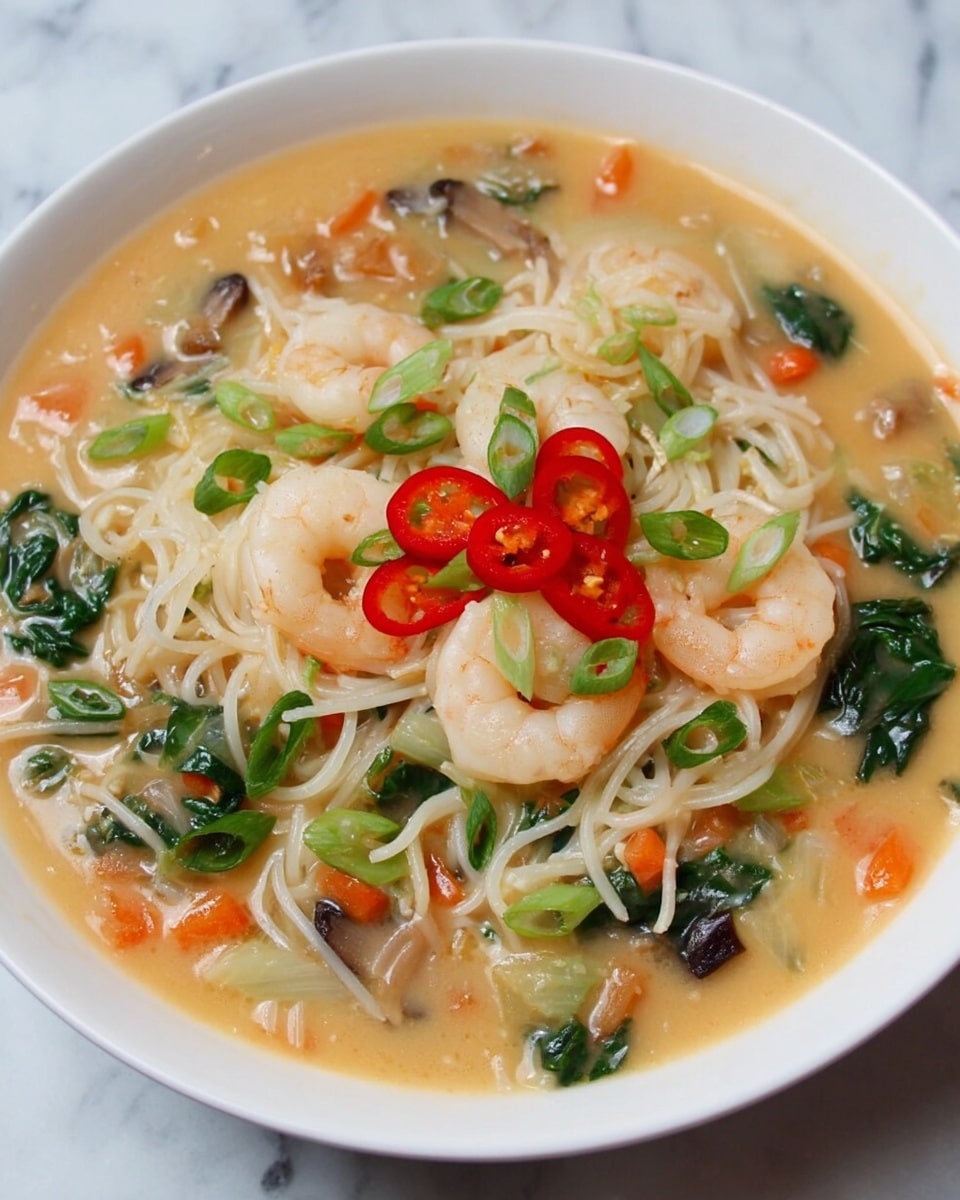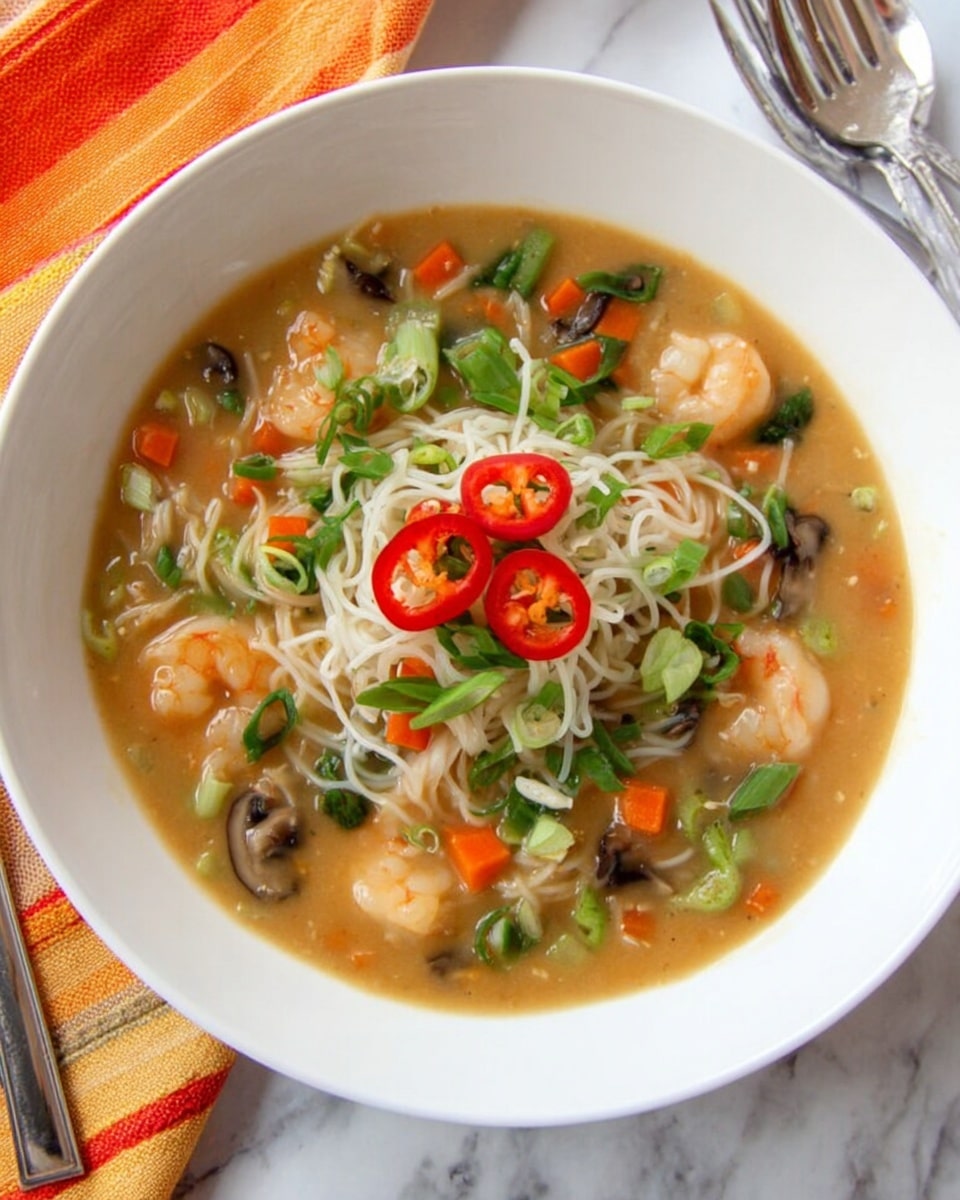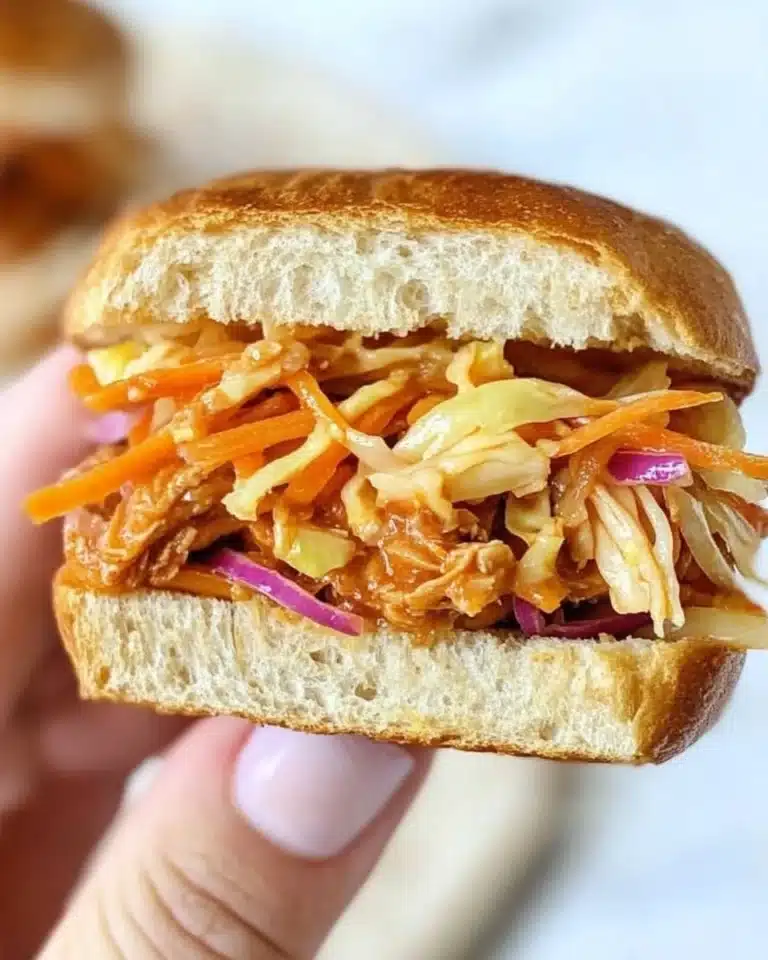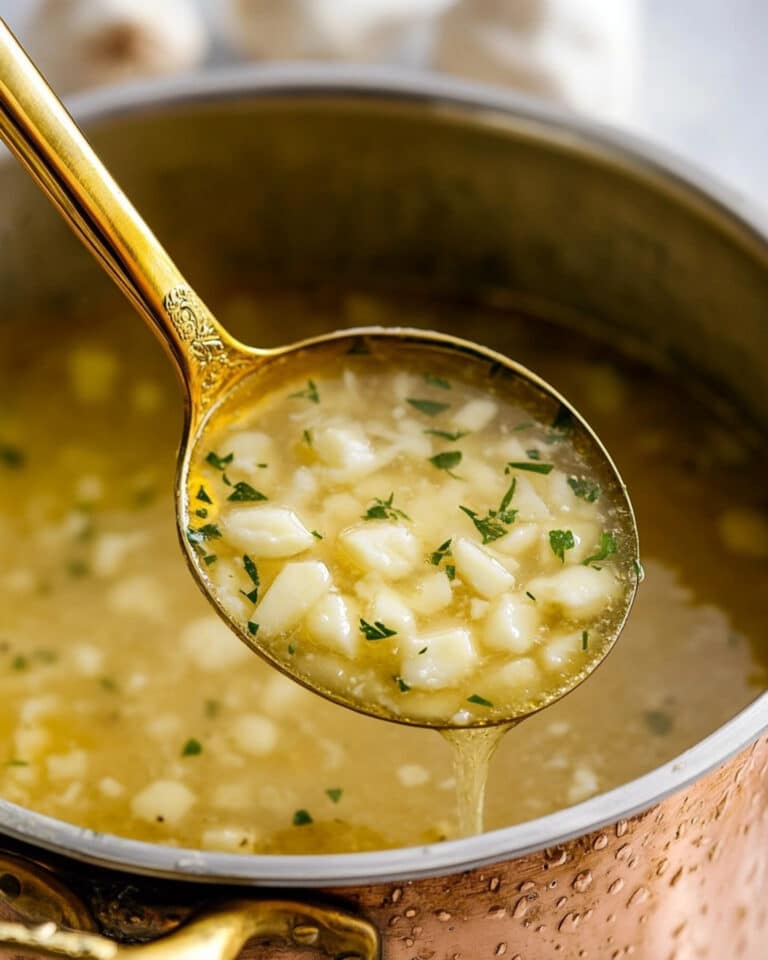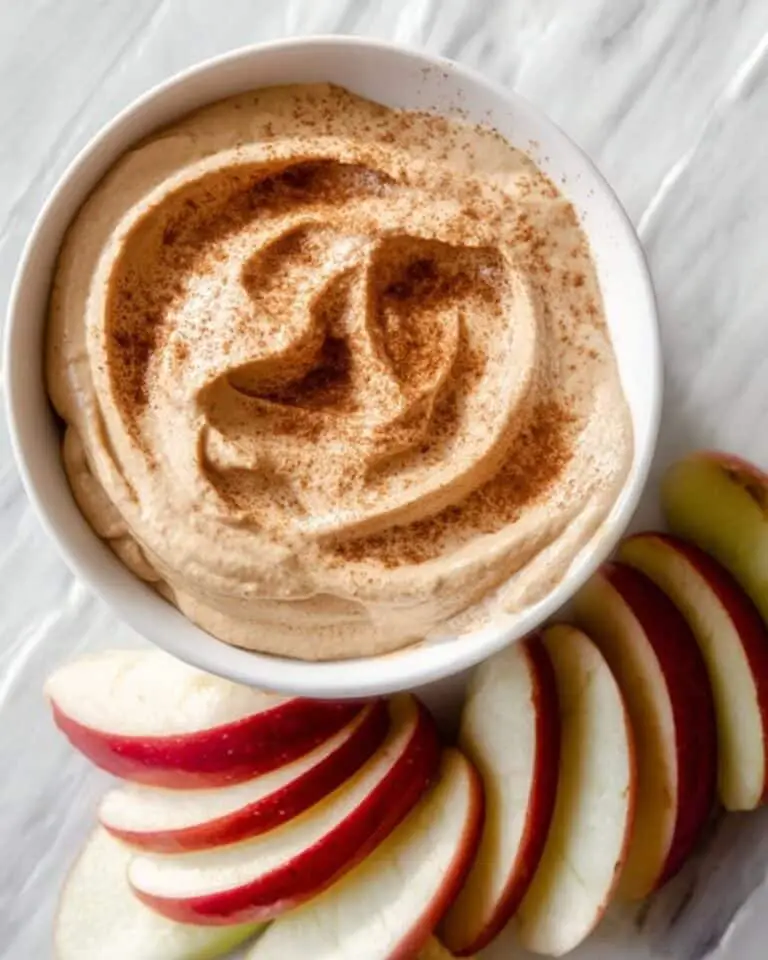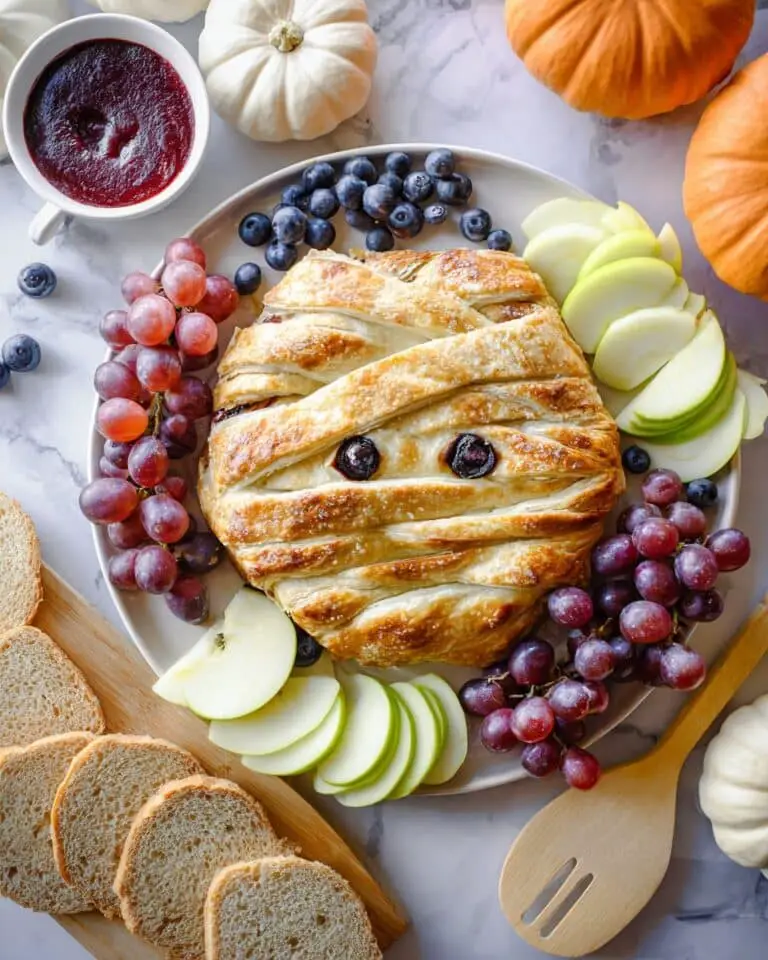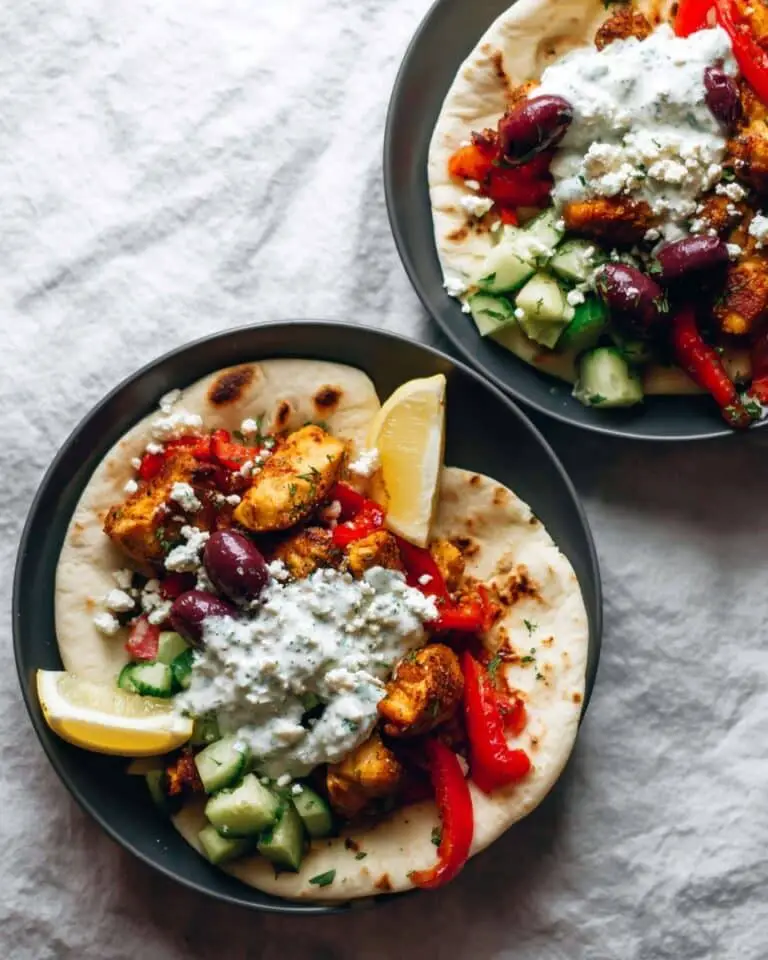If you’re craving something that’s both comforting and bursting with vibrant flavors, I’ve got the perfect fix for you. This Pad Thai Soup with Shrimps and Vegetables Recipe is my go-to when I want that classic Pad Thai taste in a warm, nourishing bowl of soup. It’s quick, easy, and incredibly satisfying—plus, you’ll love how the fresh veggies and tender shrimps come together with that subtle kick of red curry. Stick around, because I promise you this soup will become a regular in your weeknight rotation.
Why You’ll Love This Recipe
- Quick & Easy: You’ll have this soup boiling in under 20 minutes, making it perfect for busy days.
- Balanced Flavors: The tangy lemon juice, spicy red curry, and savory shrimp create an irresistible harmony.
- Healthy & Nourishing: Packed with veggies and lean protein, it’s comforting without being heavy.
- Versatile Comfort Food: You can tweak it easily to fit your taste or what’s in your fridge.
Ingredients You’ll Need
These ingredients come together to balance sweetness, spice, freshness, and umami—exactly what Pad Thai is all about. When shopping, look for fresh shrimp and crisp vegetables to really make your soup sing.
- Chicken stock: A sodium-free version lets you control the saltiness; it’s the soul of the soup.
- Garlic cloves: Fresh garlic mashed with sea salt creates an amazing paste that deepens the flavor.
- Shallots: I love the subtle sweetness they add, thinly sliced for a gentle bite.
- Carrots: Using a medium carrot, finely sliced, adds just the right amount of crunch and sweetness.
- Red curry paste: This gives the soup its signature warmth and a hint of spice.
- Bok choy: Sliced about an inch thick, it adds a beautiful green freshness and slight crunch.
- Mushrooms: Thinly sliced, they soak up the broth flavor wonderfully.
- Pad Thai noodles: These rice noodles cook quickly and are perfect for slurping up that broth.
- Shrimps: Peeled and deveined for convenience, they cook in no time and add delicate protein.
- Ginger: Thinly sliced and grated, ginger gives a fresh zing that balances the rich flavors.
- Sugar: Just a touch to round out the spicy and sour notes.
- Lemon juice: Adds brightness and that classic Pad Thai tang.
- Scallions: A handful chopped for garnish and a fresh green pop.
Variations
One of the things I love most about this Pad Thai Soup with Shrimps and Vegetables Recipe is how flexible it is. Feel free to swap ingredients based on what you like or have on hand. I often like to mix it up depending on the season or my mood.
- Vegetarian Version: I’ve made this with firm tofu instead of shrimp, and it turns out just as delicious and protein-packed.
- Spice Level: If you like it hot, add more red curry paste or throw in some fresh chili slices—my family can’t get enough!
- Veggie Swap: Leave out bok choy and mushrooms, add snap peas or bell peppers for a crunchier texture.
- Broth Choices: Using vegetable stock instead of chicken stock works well if you prefer a lighter soup.
How to Make Pad Thai Soup with Shrimps and Vegetables Recipe
Step 1: Start with the flavorful broth
In a large heavy-bottomed pan, pour in your chicken stock, then add finely sliced shallots, grated ginger, a touch of sugar, and your carrots. Bring the mixture to a gentle simmer. I find simmering, not boiling, keeps the flavors balanced and prevents the broth from getting cloudy. This step releases all those lovely sweet and spicy aromatics that give the soup depth.
Step 2: Make the garlic paste and deepen the flavors
While your broth simmers, mash your garlic cloves with a pinch of sea salt using the flat side of your knife. This garlic paste is a game-changer—it’s so much more intense and smooth than just minced garlic. Add this paste to your broth, along with the red curry paste and mushrooms. Stir everything well for those vibrant flavors to meld beautifully.
Step 3: Add noodles, shrimps, and bok choy
Now slide in your Pad Thai noodles and cook them for about 3 minutes until they’re just tender. Add the shrimp and bok choy slices, cooking until the shrimp are pink and opaque and the noodles are perfectly al dente. If you overcook the shrimp or noodles, it’ll change the texture, so keep an eye on timing here—I’ve learned this the hard way!
Step 4: Garnish and serve
Ladle your hot soup into bowls, then garnish with sliced red chili peppers and a generous sprinkle of chopped scallions. Don’t forget a fresh squeeze of lemon juice on top—it lifts the whole bowl and ties all the flavors together. I always add the lemon at the very end for that fresh, zesty punch.
Pro Tips for Making Pad Thai Soup with Shrimps and Vegetables Recipe
- Making Garlic Paste: I always smash garlic with sea salt to release more flavor than regular chopping. Try it—you’ll taste the difference!
- Noodle Timing: Add the Pad Thai noodles last and watch carefully—they cook fast, so don’t leave them sitting in hot broth or they’ll get mushy.
- Shrimp Check: Cook shrimps just until they turn pink and curl up nicely; overcooking leads to rubbery texture, which is no fun.
- Fresh Lemon Finish: Adding lemon juice at the very end brightens the soup—don’t skip this step or you’ll miss that key flavor balance.
How to Serve Pad Thai Soup with Shrimps and Vegetables Recipe
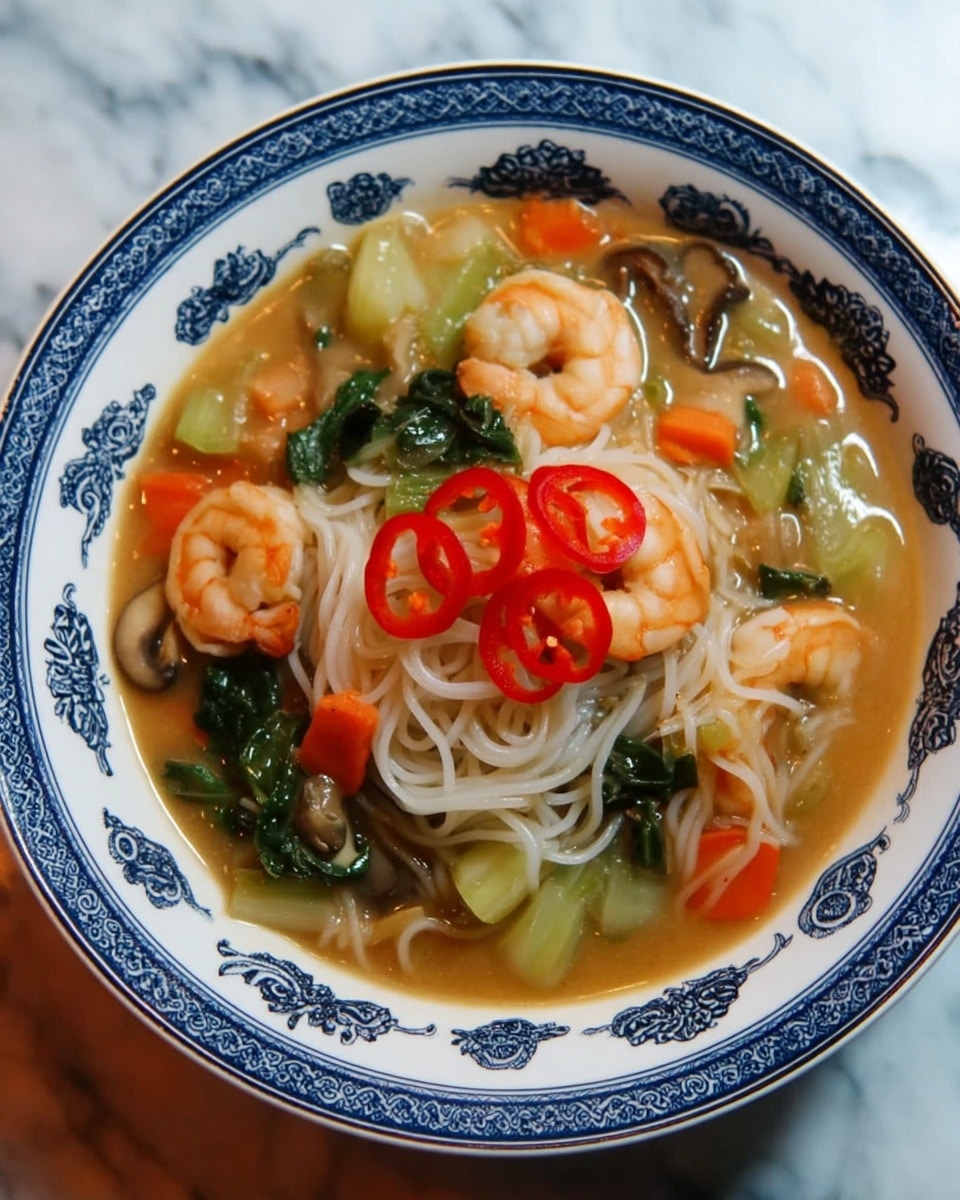
Garnishes
I like to finish this soup with sliced red chili peppers for heat, chopped scallions for freshness, and a wedge of lemon on the side so everyone can add more tang if they want. Sometimes I sprinkle crushed peanuts on top for a little crunch—totally optional but worth trying!
Side Dishes
This soup stands beautifully on its own, but I often pair it with a simple cucumber salad to contrast the warmth or some crispy spring rolls if I’m feeling indulgent. A light jasmine rice on the side also makes it a fuller meal.
Creative Ways to Present
For special occasions, I like to serve the soup in cozy individual bowls with edible flower petals on top or place it in mini cocotte dishes for a charming presentation. You can also pop some fresh herbs like cilantro or Thai basil to give it a gorgeous pop of green.
Make Ahead and Storage
Storing Leftovers
I store any leftovers in airtight containers in the fridge, but honestly, this soup is best eaten fresh. If you do store it, keep the noodles separate if possible—they can get mushy soaking in broth too long.
Freezing
Freezing is possible, but I recommend freezing just the broth base without noodles or shrimp, then adding fresh noodles and shrimp when you reheat. This keeps the texture and flavor fresher.
Reheating
When reheating, do it gently in a saucepan over medium-low heat, adding a splash of water or stock if it seems too thick. Add fresh lemon juice and scallions after reheating to revive the brightness.
FAQs
-
Can I use frozen shrimp for this Pad Thai Soup with Shrimps and Vegetables Recipe?
Absolutely! Just thaw the shrimp completely and pat them dry before adding to the soup. Frozen shrimp work well, but make sure they’re fully thawed to cook evenly and avoid adding excess water to the broth.
-
What’s the best way to avoid mushy noodles in the soup?
I recommend adding the noodles towards the end of cooking and cooking them for only about 3 minutes until they’re tender but still firm. Also, if you plan to store leftovers, keep noodles separate and add fresh ones when reheating.
-
Can I make this soup vegetarian or vegan?
Yes! Use vegetable stock instead of chicken stock and swap shrimp for firm tofu or extra veggies like snap peas and bell peppers. Adjust red curry paste if it contains shrimp paste by choosing a vegan-friendly version.
-
How spicy is the Pad Thai Soup with Shrimps and Vegetables Recipe?
The red curry paste adds a mild to moderate heat level, but you can easily adjust by using more or less. Adding fresh chili slices as garnish allows each person to customize their spice level when serving.
-
What noodles are best for Pad Thai Soup?
Authentic Pad Thai noodles are thin rice noodles, which cook quickly and soak up the broth beautifully. You can find these in most Asian grocery stores or online.
Final Thoughts
I absolutely love how this Pad Thai Soup with Shrimps and Vegetables Recipe turns out every single time. It’s like a cozy hug in a bowl with the flavors I grew to adore in traditional Pad Thai, but in a lighter, more comforting form. Whether it’s a chilly evening or you just want a quick, fresh meal, this soup hits the spot. Give it a try—I can’t wait to hear how much you enjoy it as much as my family does!
Print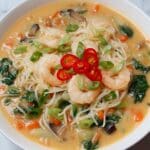
Pad Thai Soup with Shrimps and Vegetables Recipe
- Prep Time: 10 min
- Cook Time: 10 min
- Total Time: 20 min
- Yield: 4 servings
- Category: Soup
- Method: Stovetop
- Cuisine: Thai
Description
This comforting Pad Thai Soup with Shrimps and Vegetables combines the classic flavors of Pad Thai in a warm, nourishing broth. Featuring tender shrimp, fresh vegetables, and traditional seasonings like red curry paste and ginger, this soup is a quick and healthy meal perfect for any day.
Ingredients
Broth and Base
- 4 cups sodium-free chicken stock
- 1 shallot, finely sliced
- ½ teaspoon ginger, thinly sliced and grated
- ½ teaspoon sugar
- ½ lemon juice
Vegetables and Aromatics
- 2 garlic cloves
- 1 medium carrot, finely sliced
- 2 slices bok choy, sliced 1 inch thick
- 3 mushrooms, stem removed and thinly sliced
- 0 scallions, handful chopped
Main Ingredients
- 7 ounces Pad Thai noodles
- 1 pound shrimps, peeled and deveined
- 1 tsp red curry paste
Instructions
- Prepare the Broth: In a large heavy-bottomed pan, combine the chicken stock, shallot, grated ginger, sugar, and carrot. Bring the mixture to a simmering boil to develop the flavors.
- Make Garlic Paste: On a cutting board, sprinkle sea salt over the 2 garlic cloves. Using the flat side of a knife blade, mash and smash the garlic and salt together until it forms a chunky paste. Add this garlic paste to the simmering broth for depth and aroma.
- Add Curry and Mushrooms: Stir in the red curry paste and the sliced mushrooms into the broth, allowing them to soften and infuse the soup.
- Cook Noodles and Shrimp: Add the Pad Thai noodles to the pot and cook for about 3 minutes. Then add the shrimps and bok choy, cooking until the noodles are tender and shrimps are cooked through.
- Finish and Serve: Ladle the soup into bowls. Garnish with sliced red chili peppers and chopped scallions, then sprinkle fresh lemon juice over the top to brighten the flavors before serving.
Notes
- Pad Thai is incredibly versatile – you can adjust the protein or vegetables to your preference.
- This soup is especially comforting during cold weather, making it a perfect hearty meal.
- Using sodium-free chicken stock helps control the saltiness of the soup.
- Adjust the amount of red curry paste according to your spice preference.
- Fresh lemon juice added at the end elevates the soup’s brightness and balances flavors.
Nutrition
- Serving Size: 1 serving
- Calories: 129 kcal
- Sugar: 1 g
- Sodium: 893 mg
- Fat: 1 g
- Saturated Fat: 0.2 g
- Unsaturated Fat: 0.6 g
- Trans Fat: 0 g
- Carbohydrates: 3 g
- Fiber: 1 g
- Protein: 23 g
- Cholesterol: 285 mg

